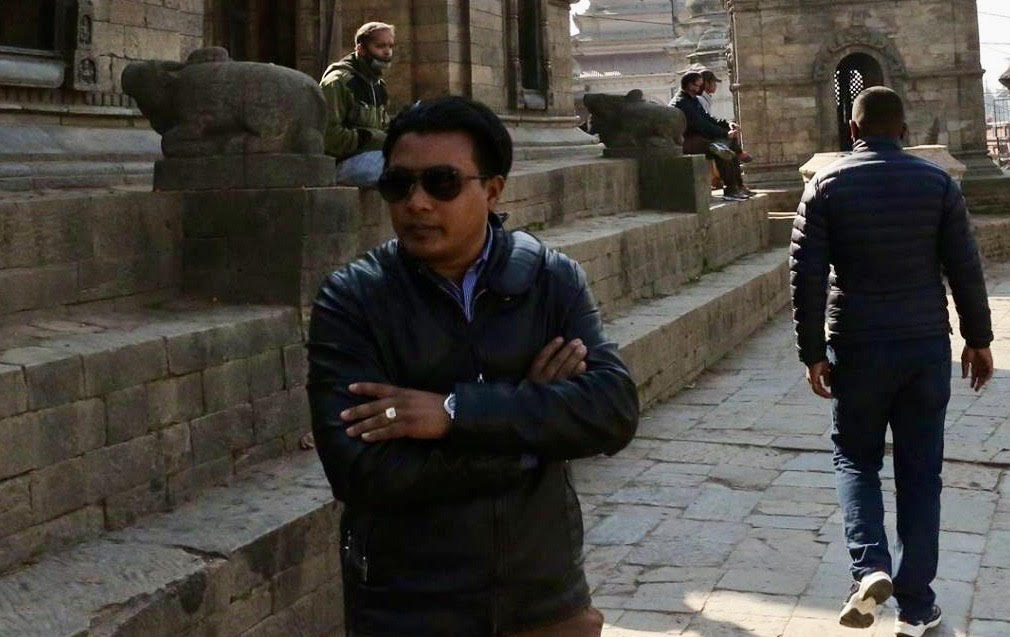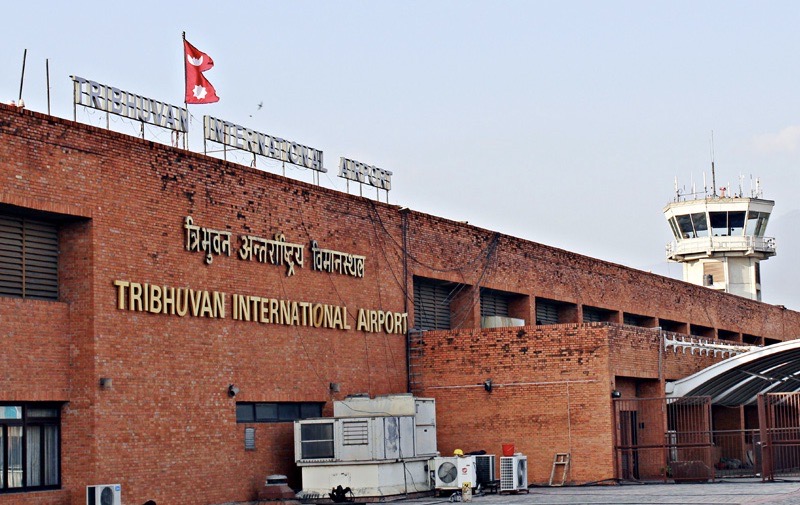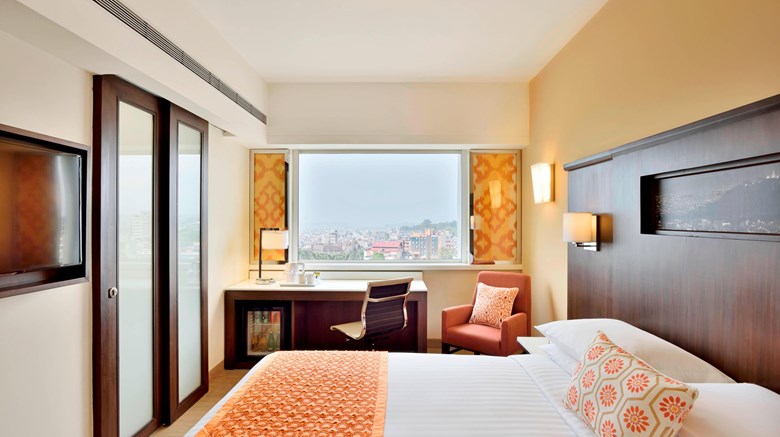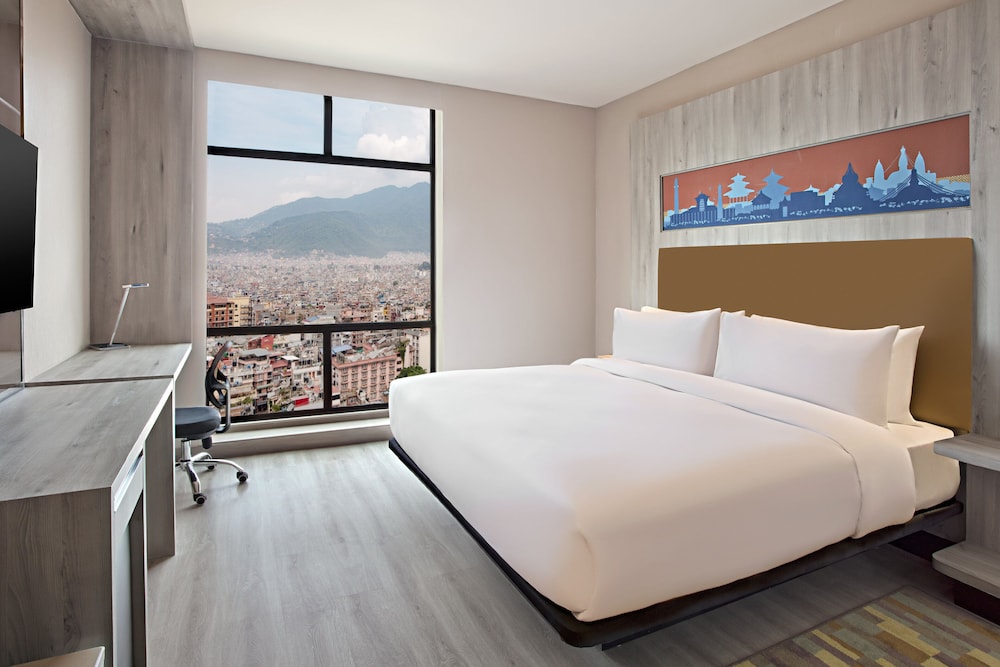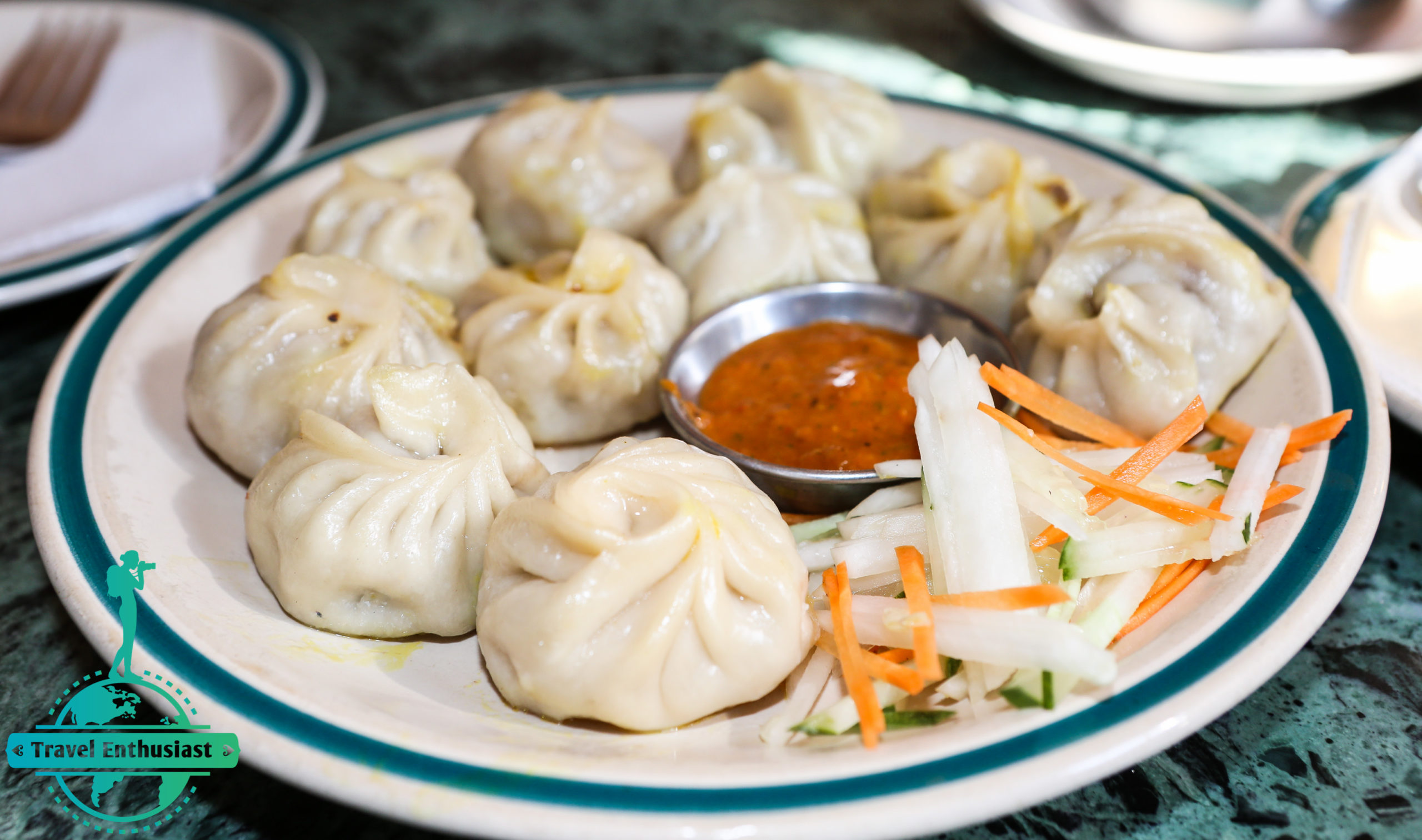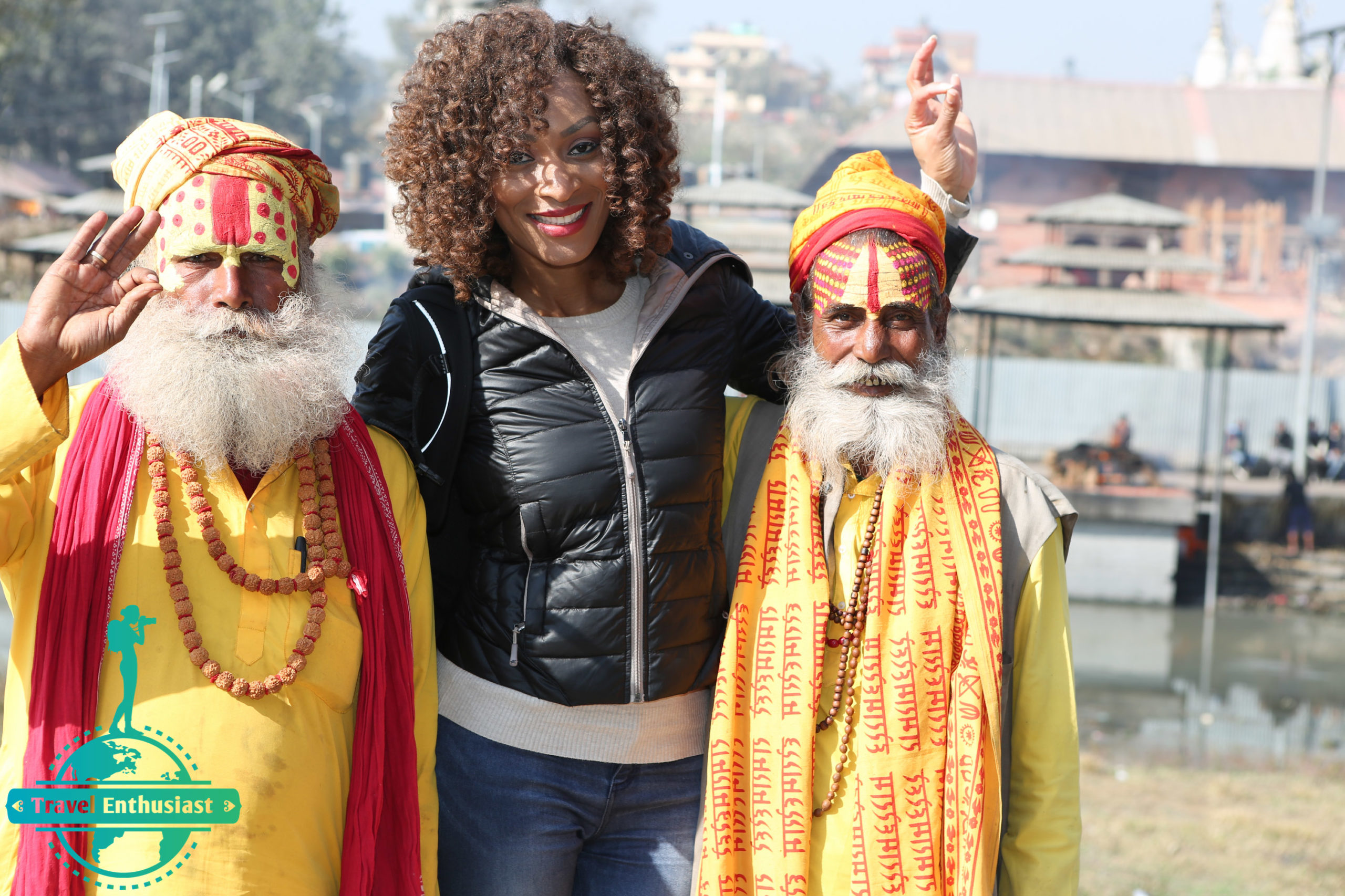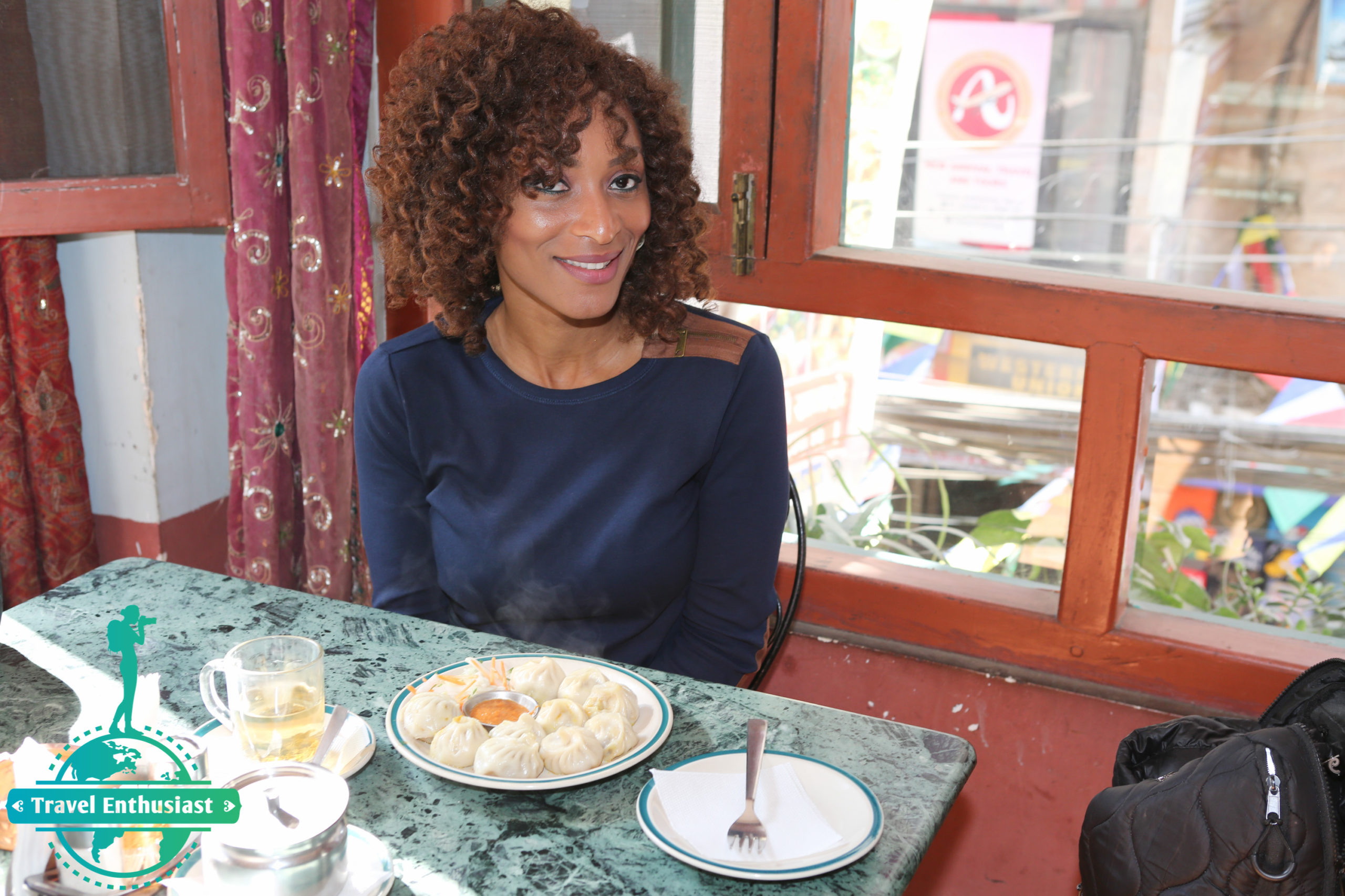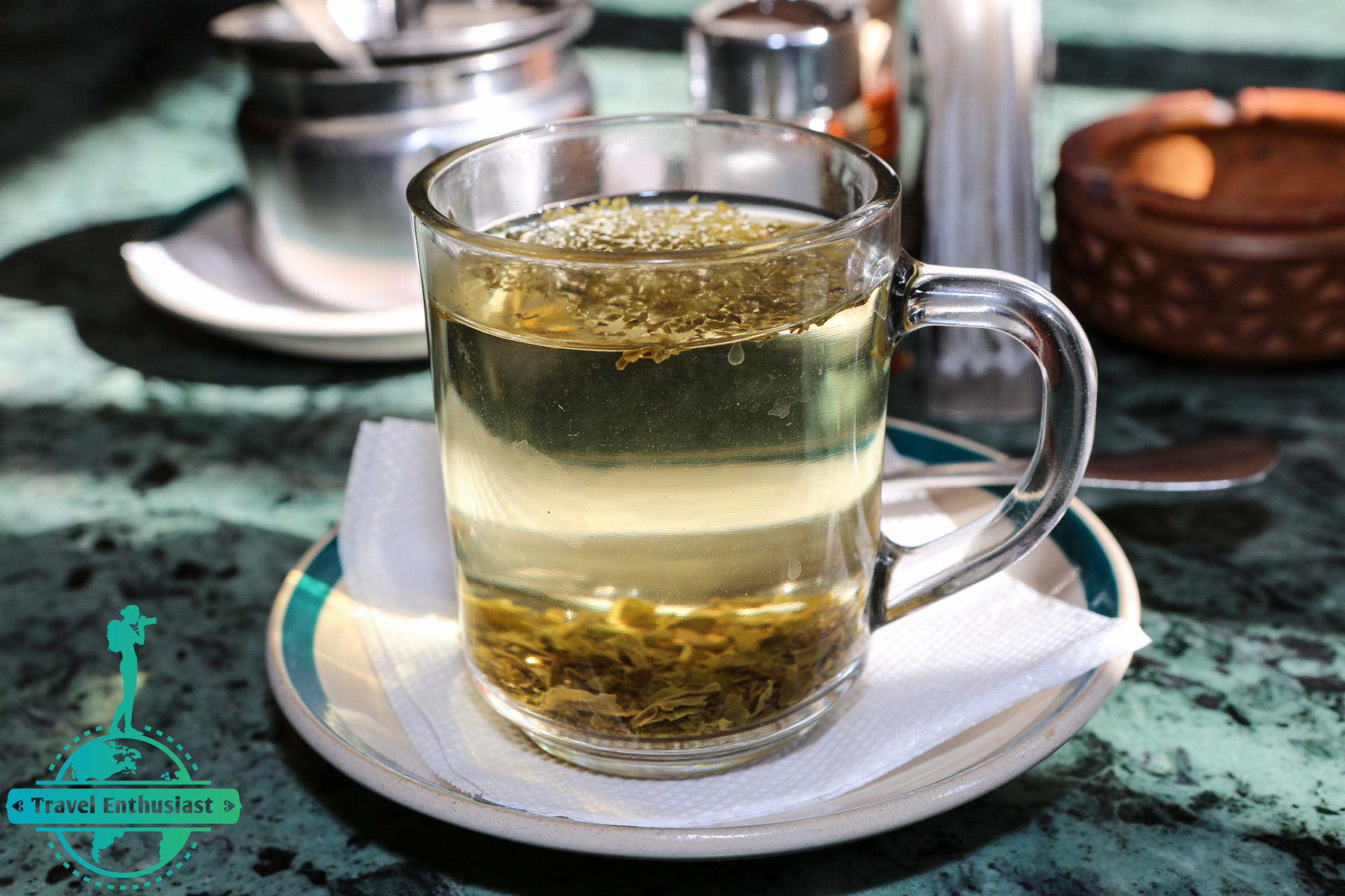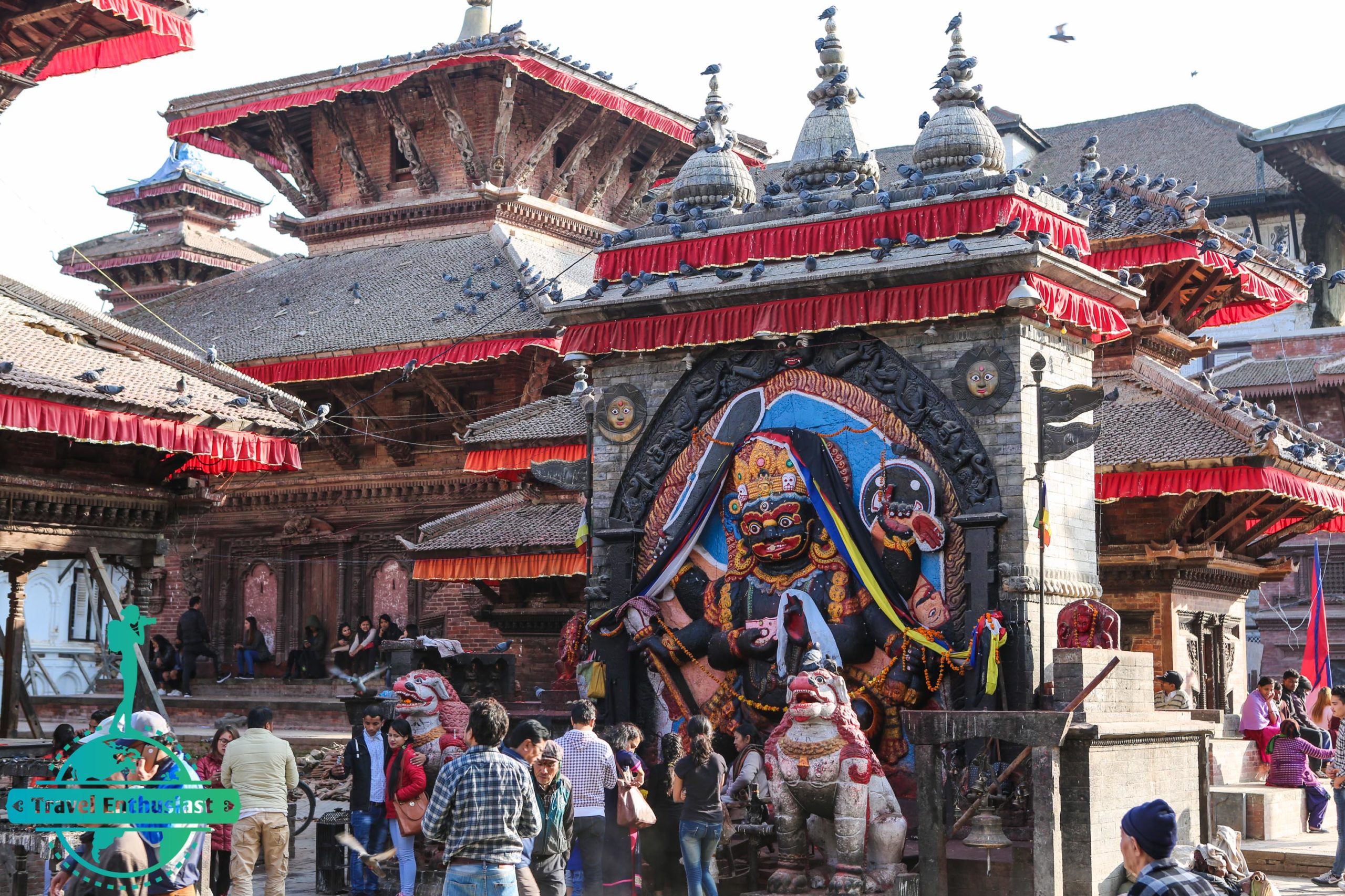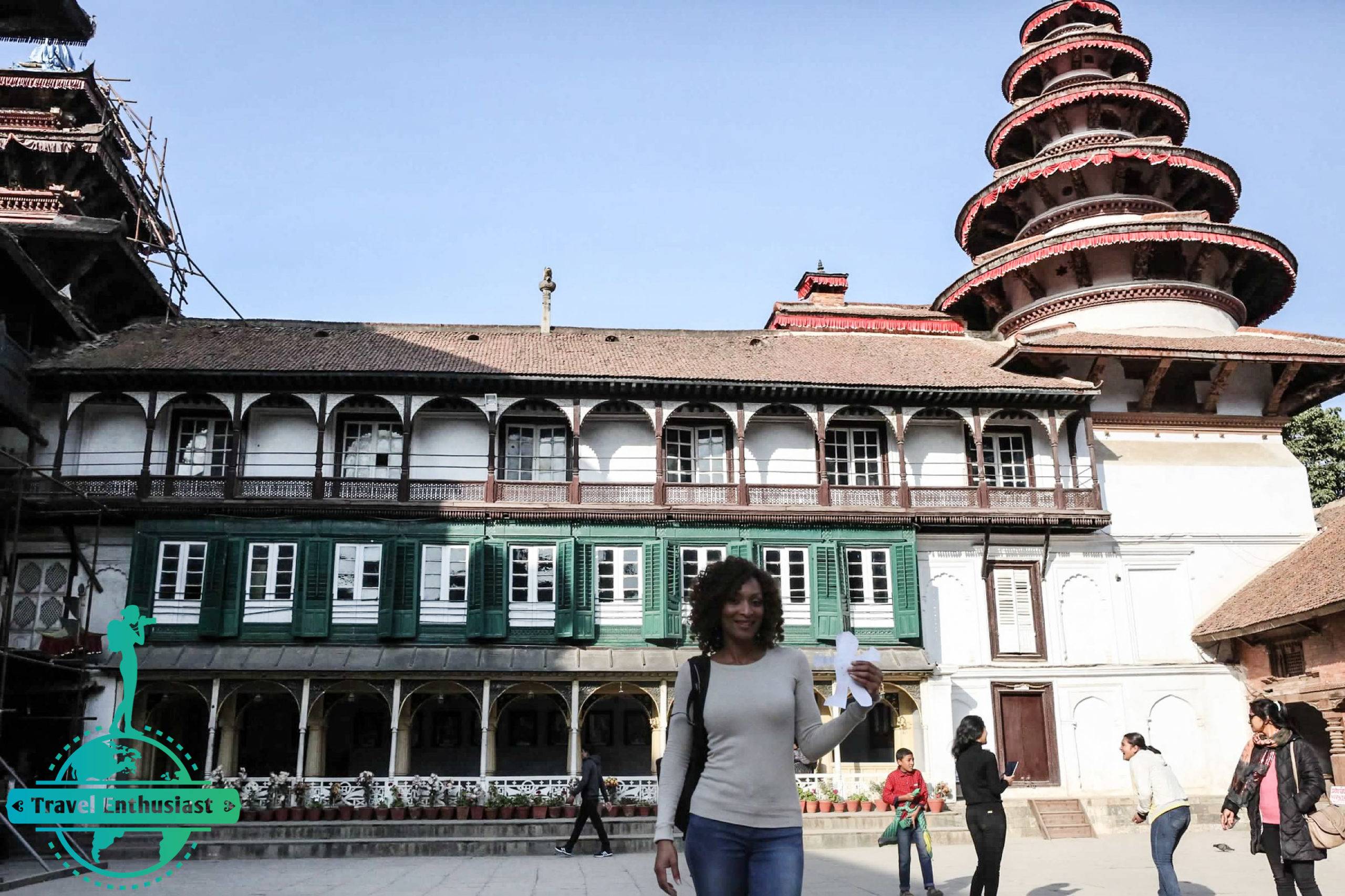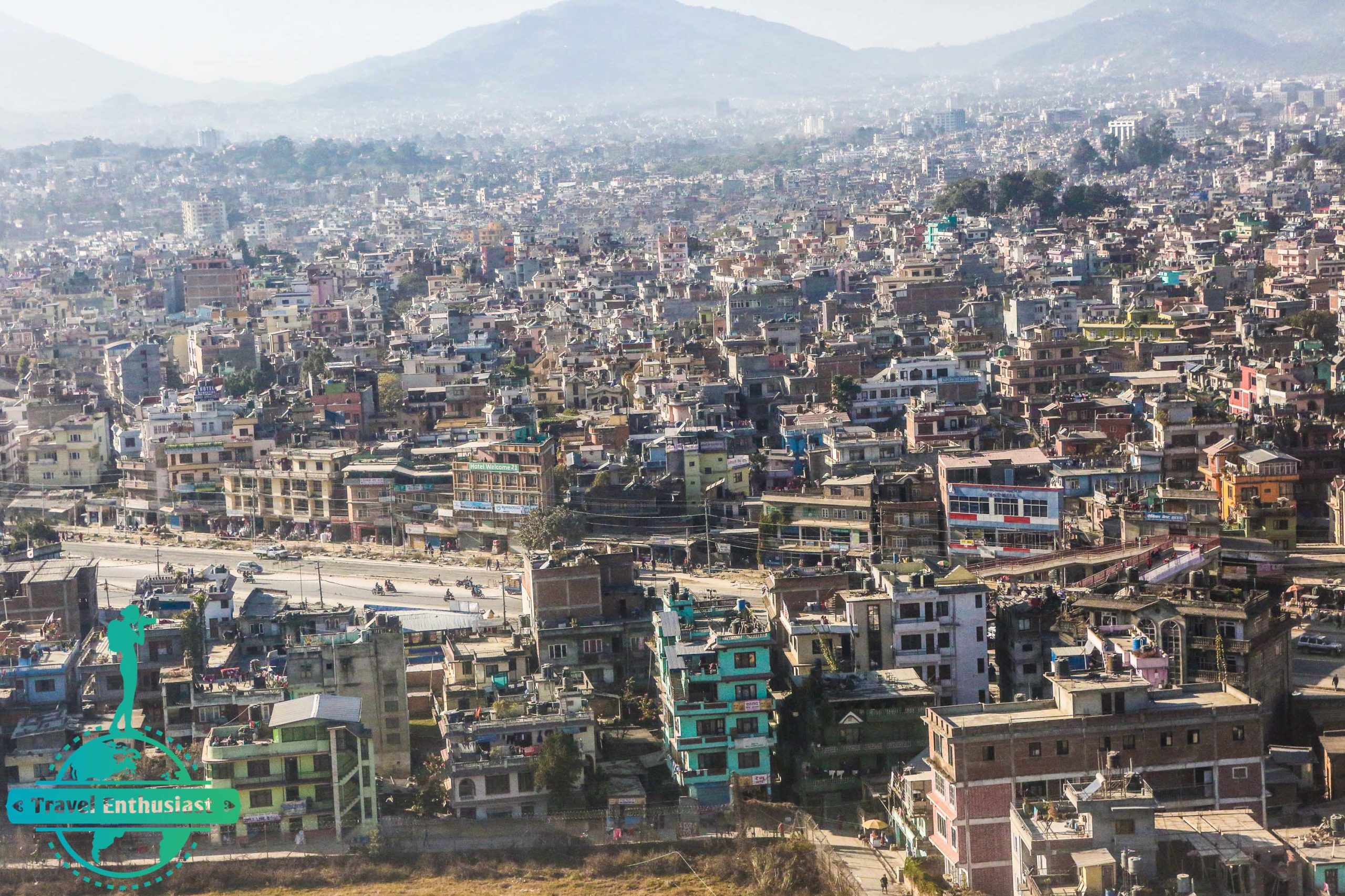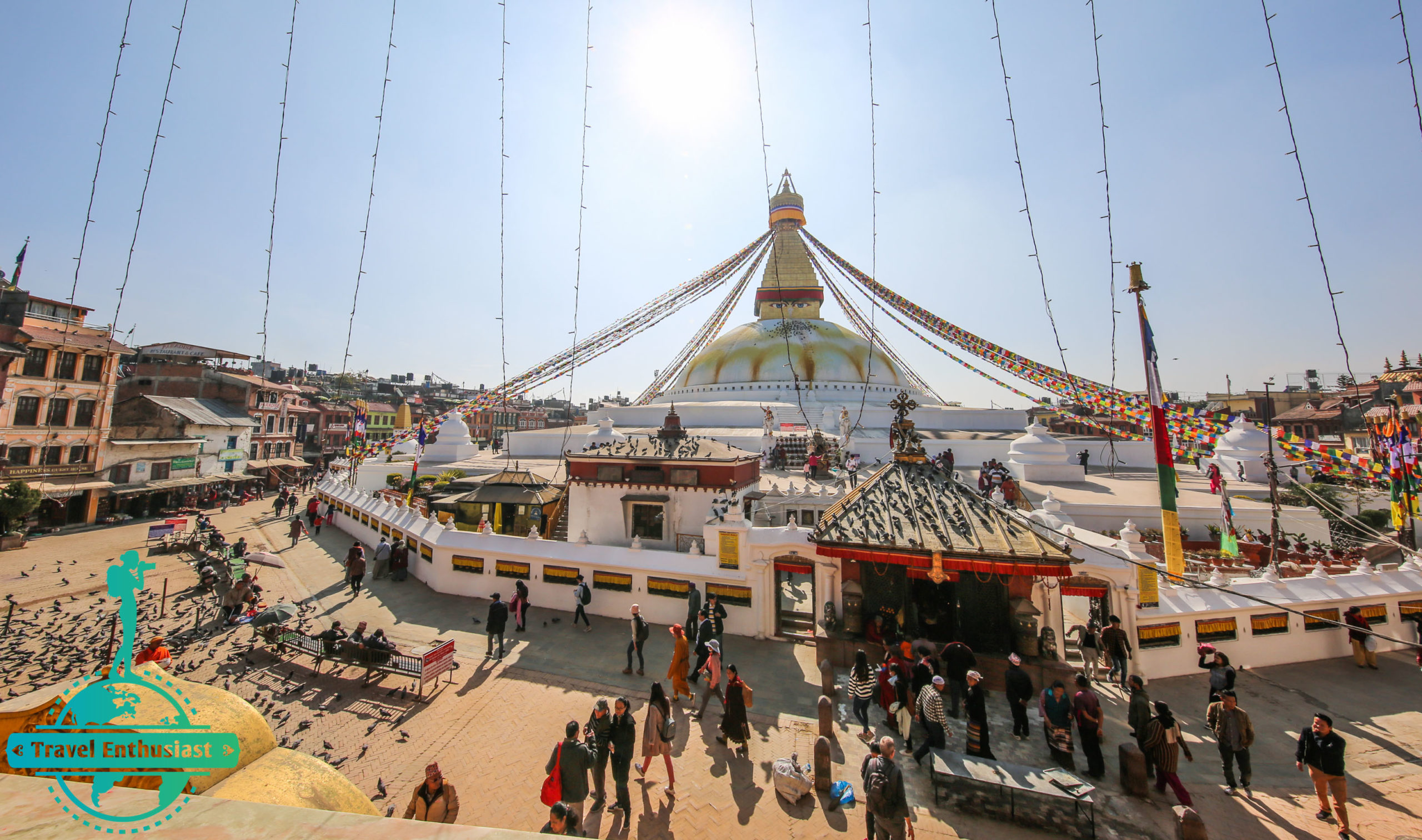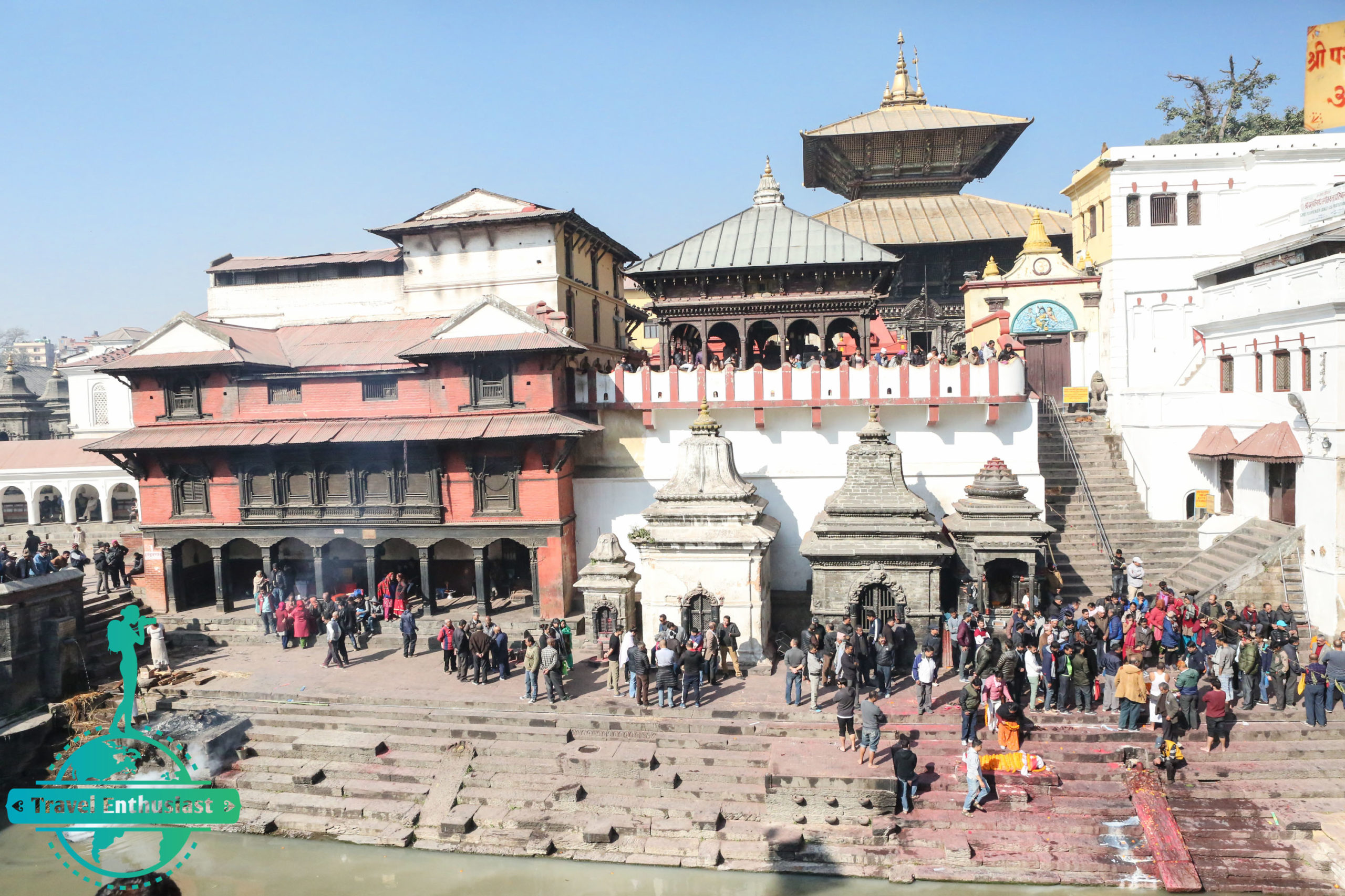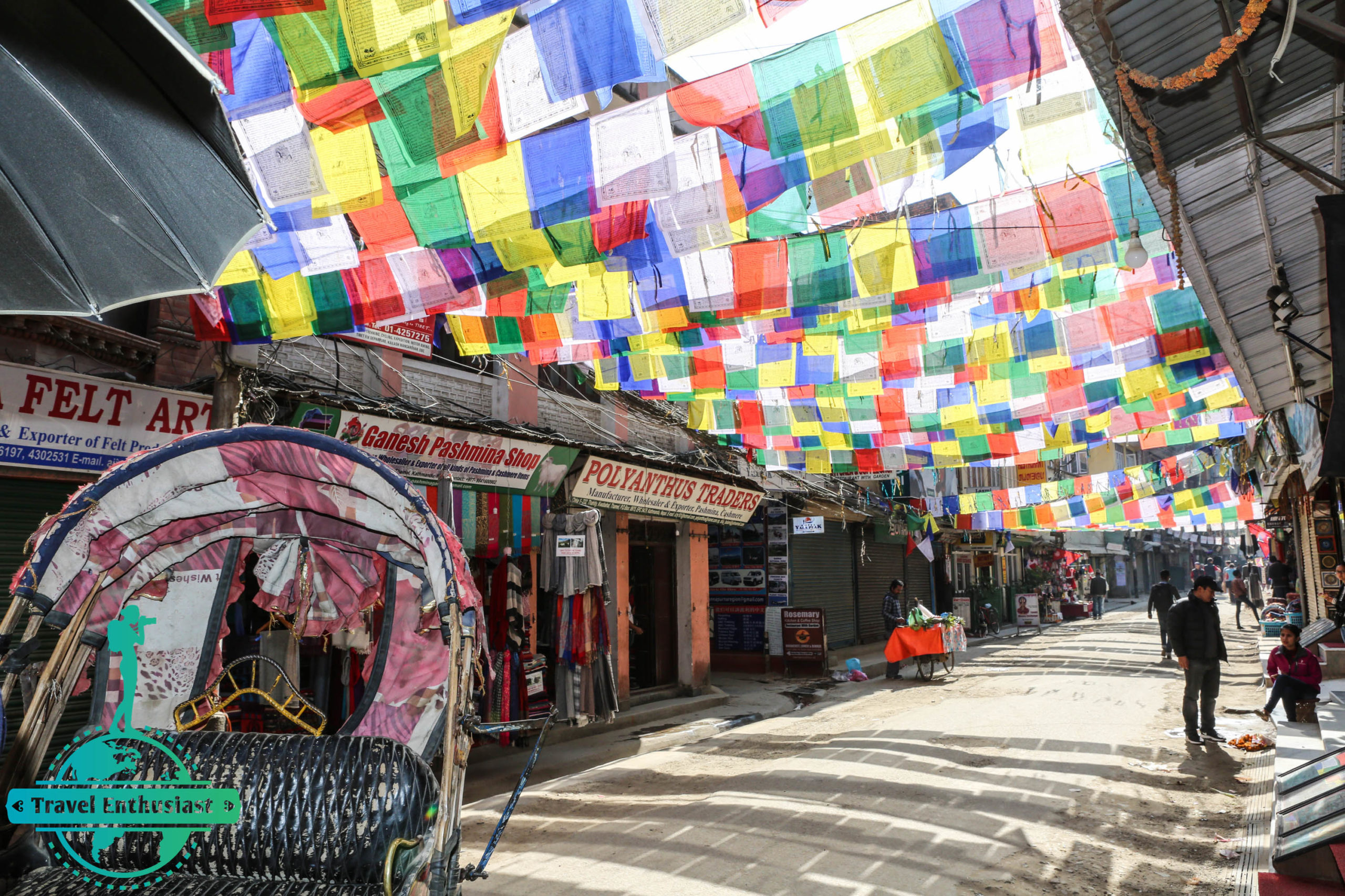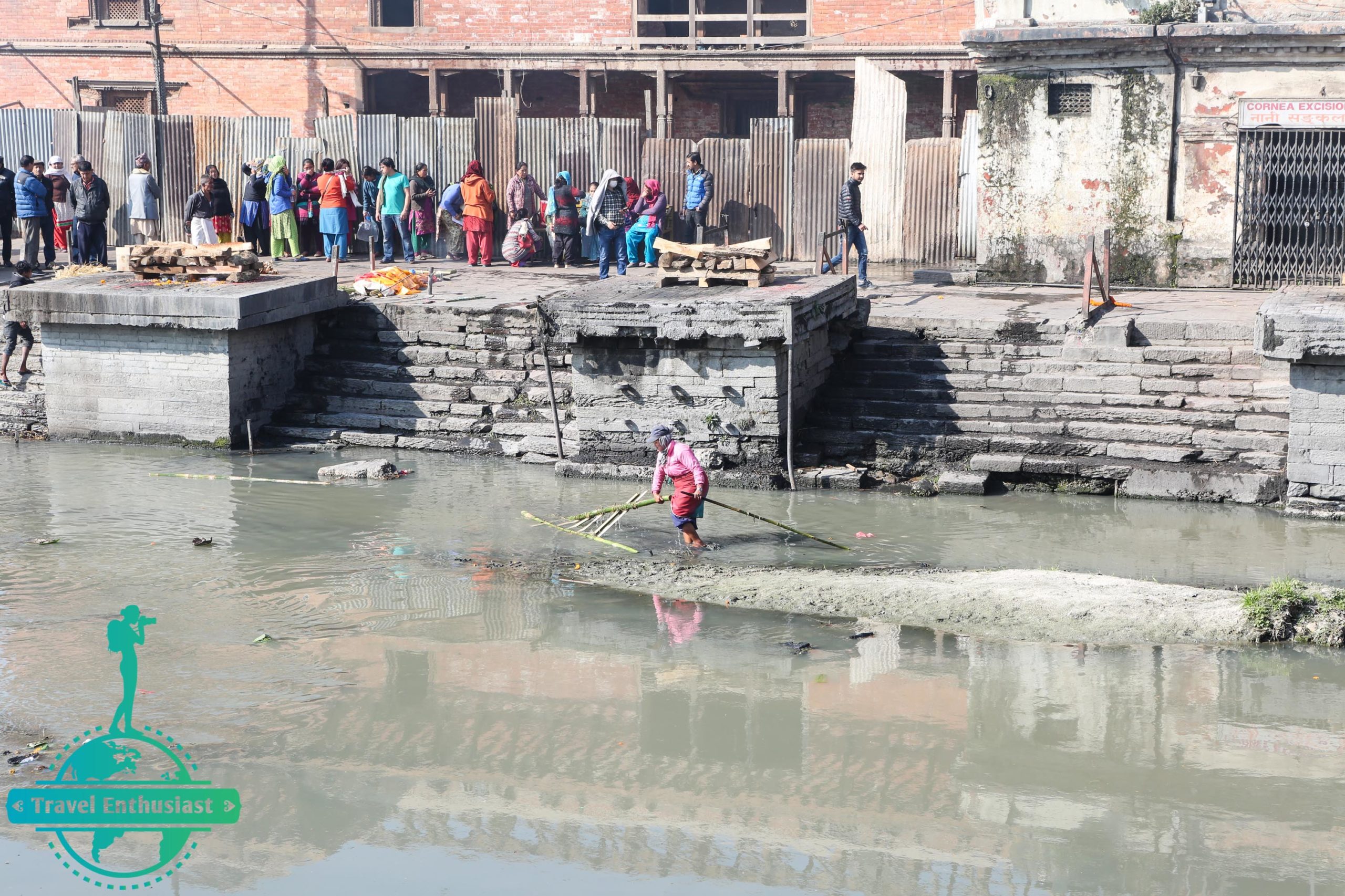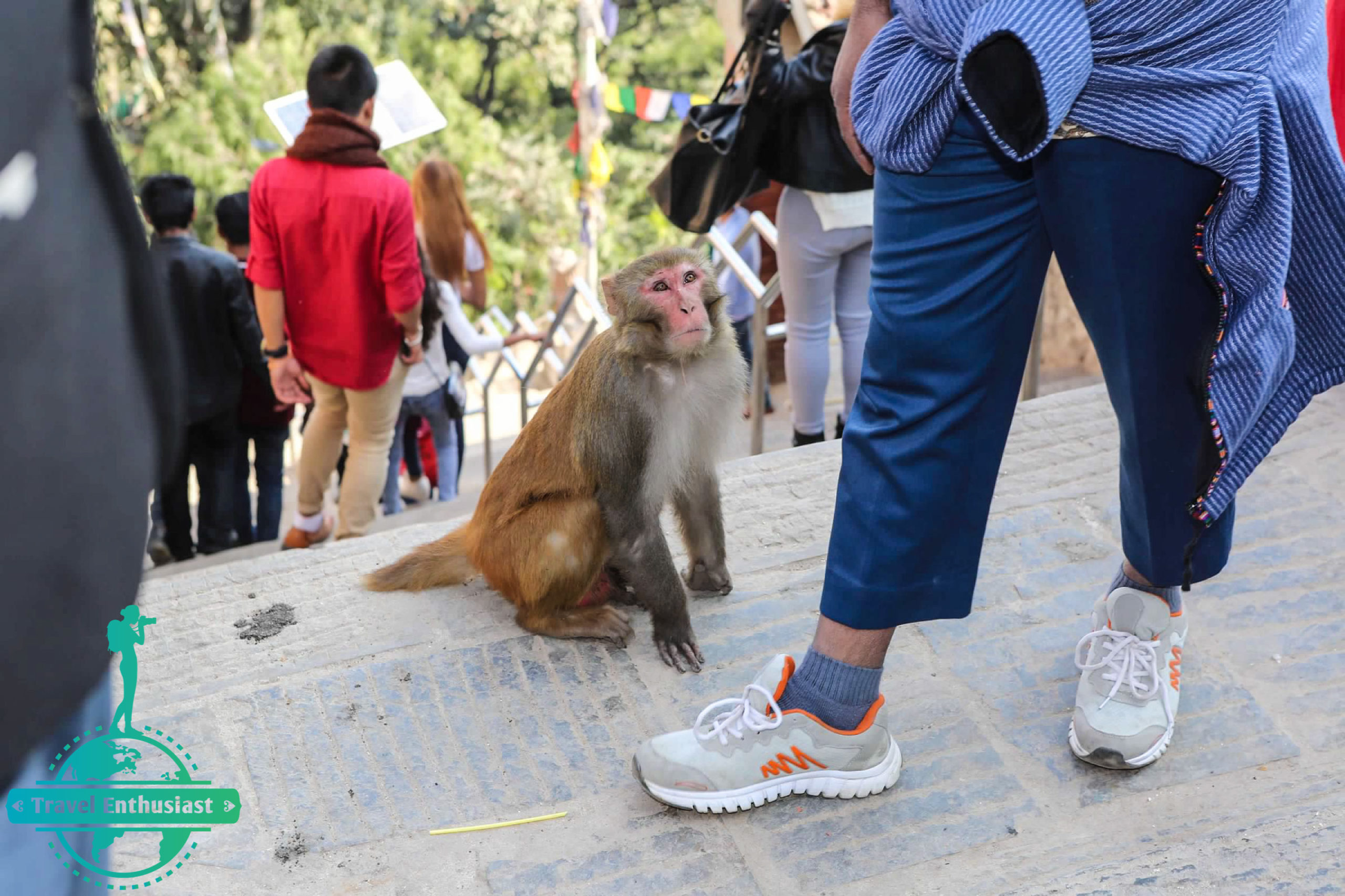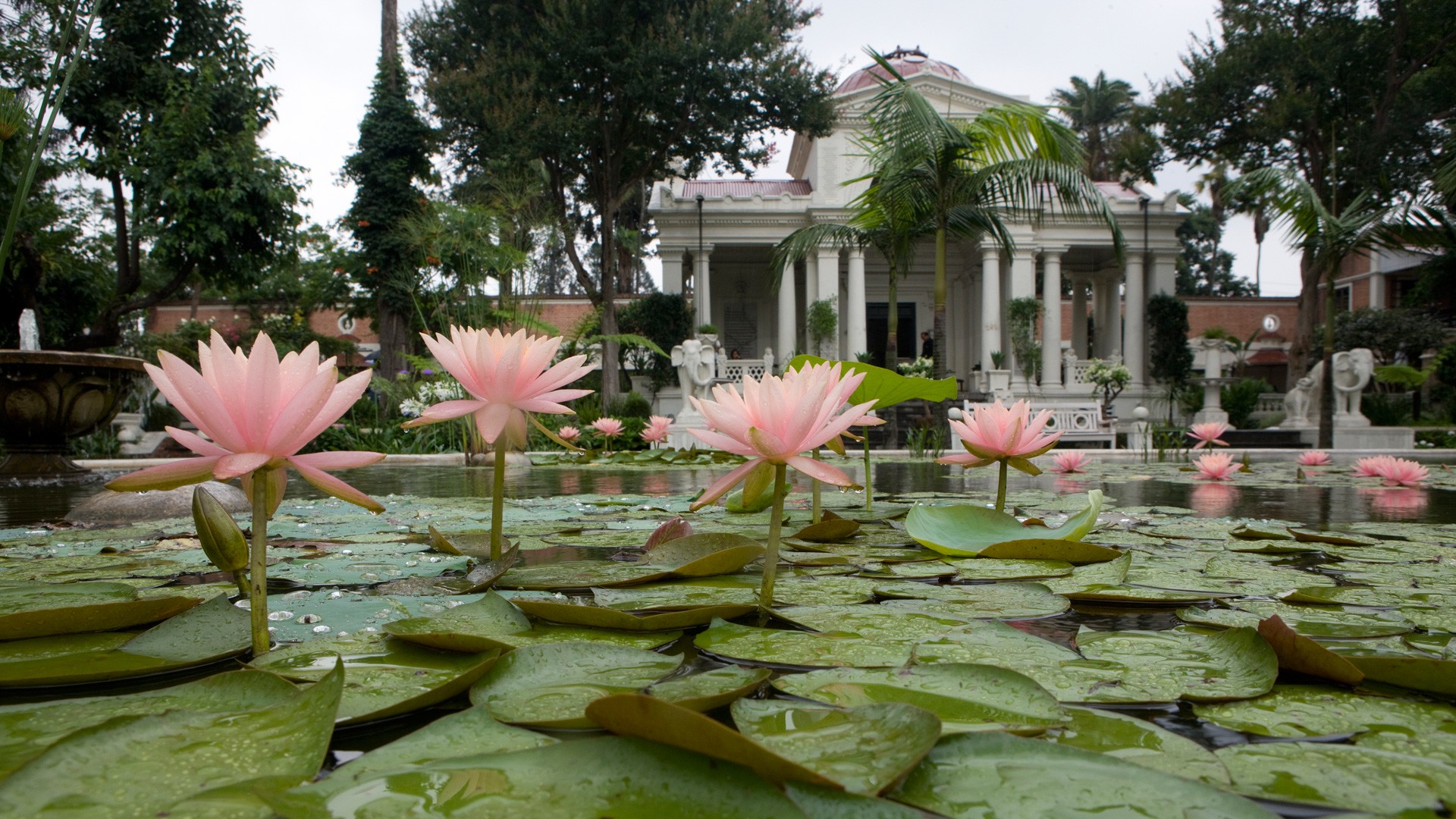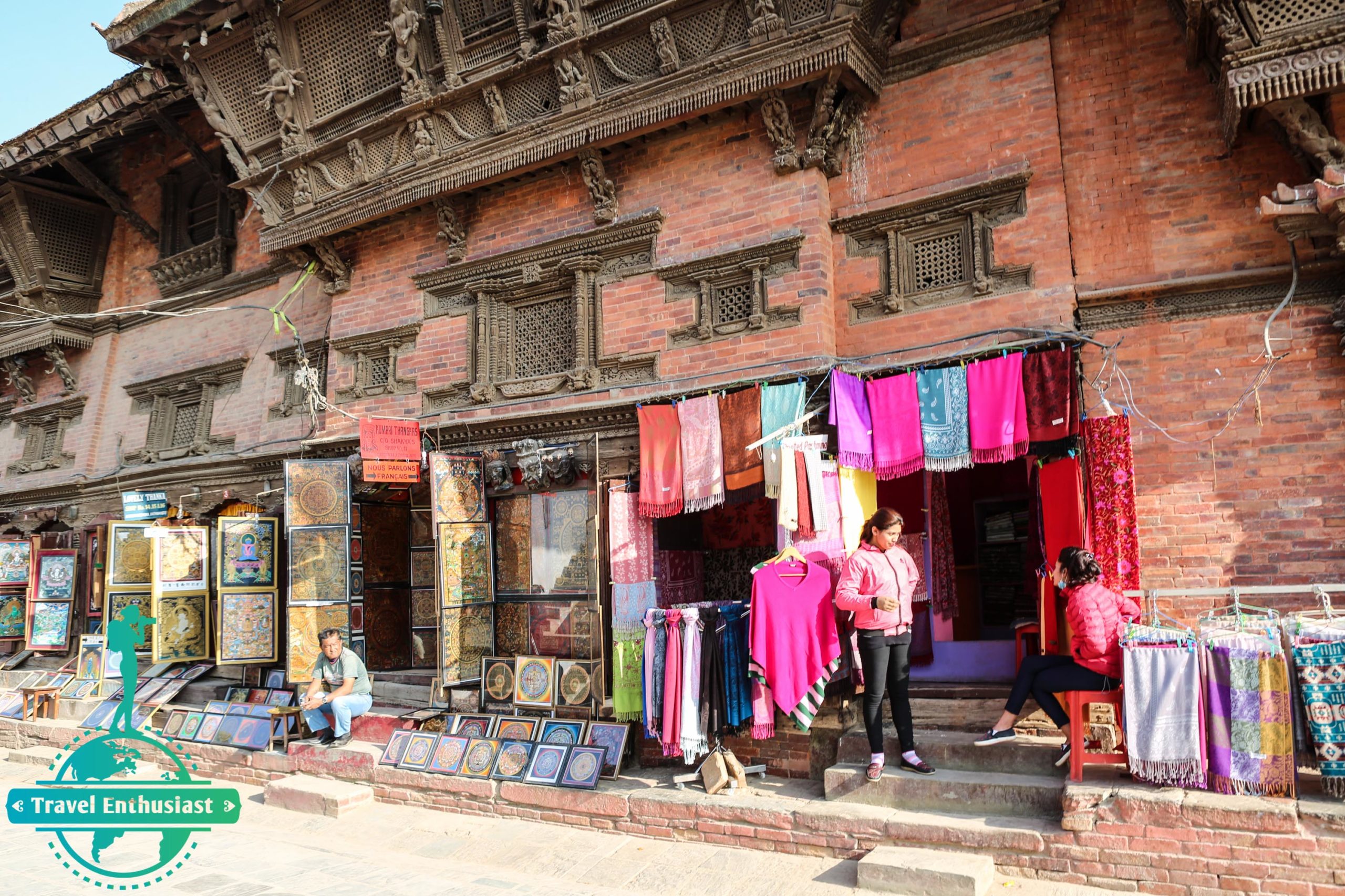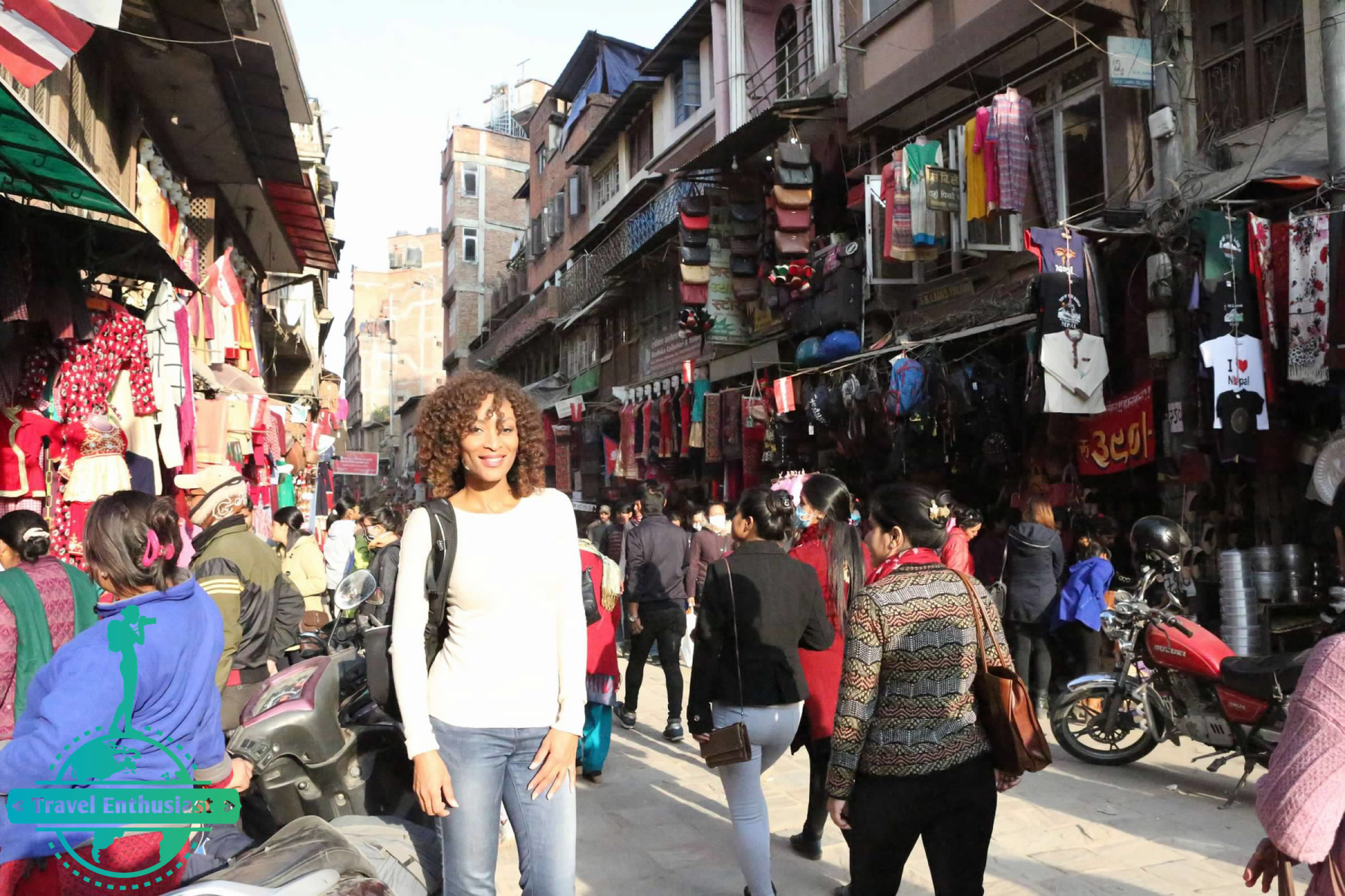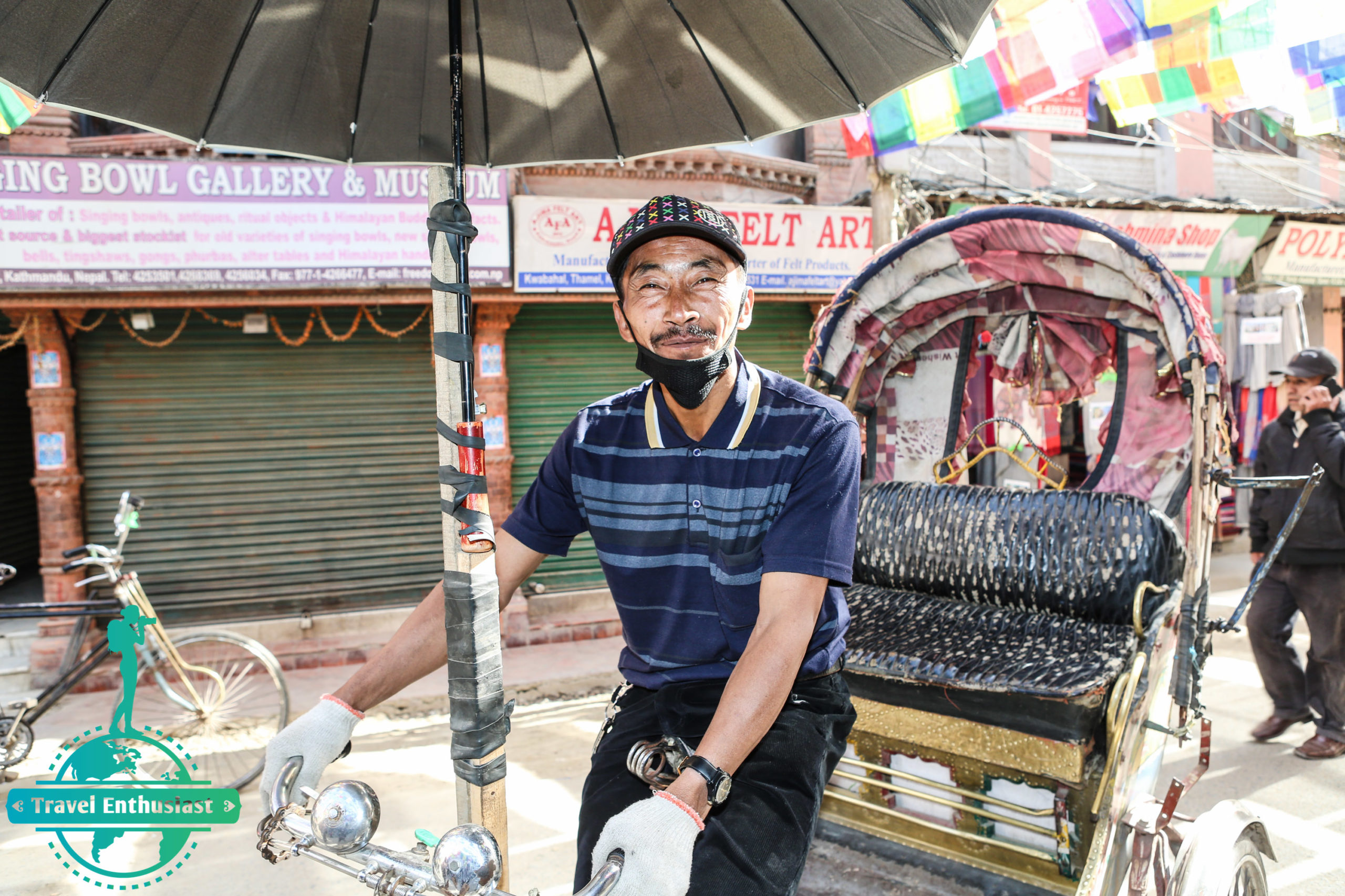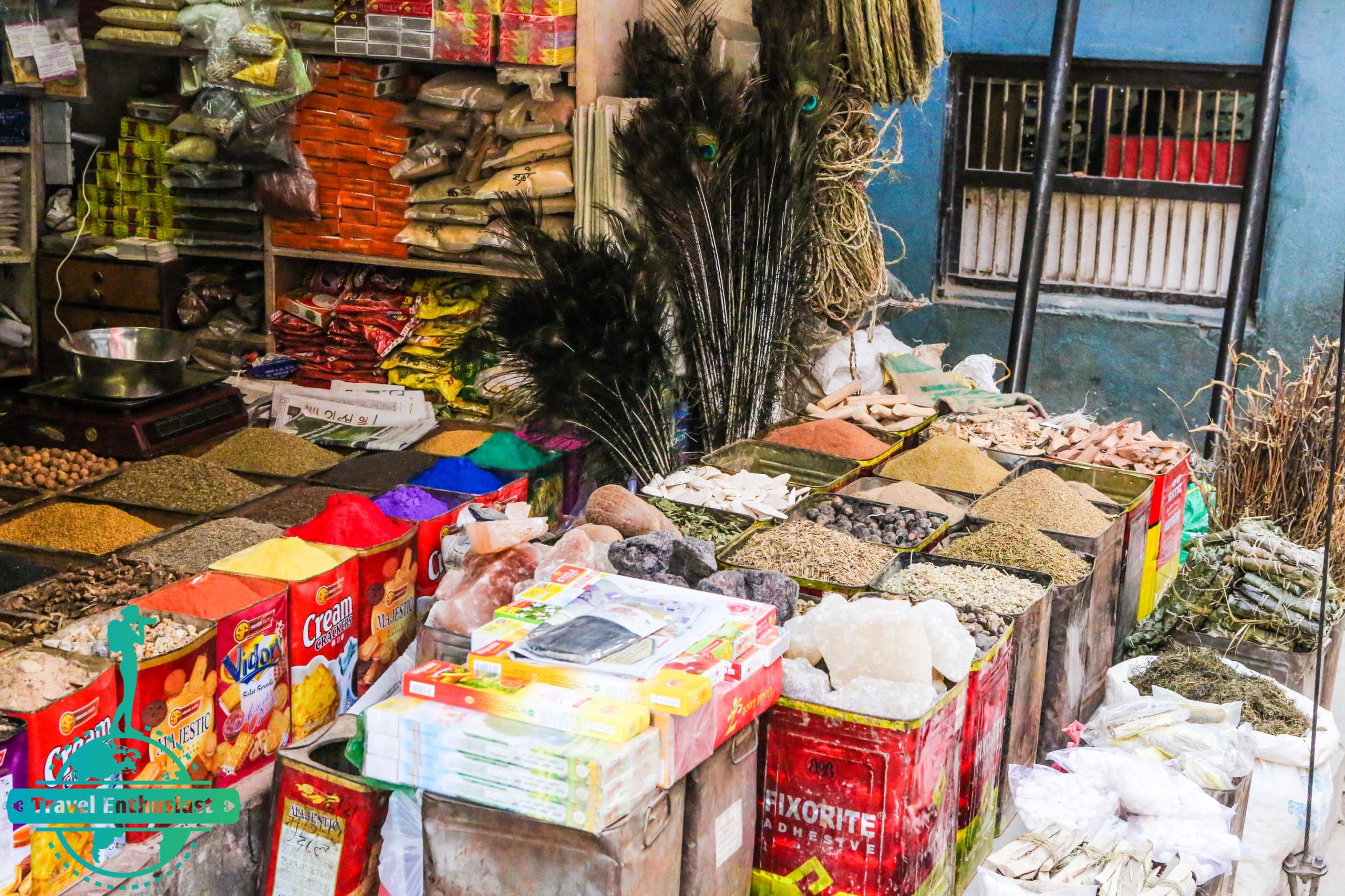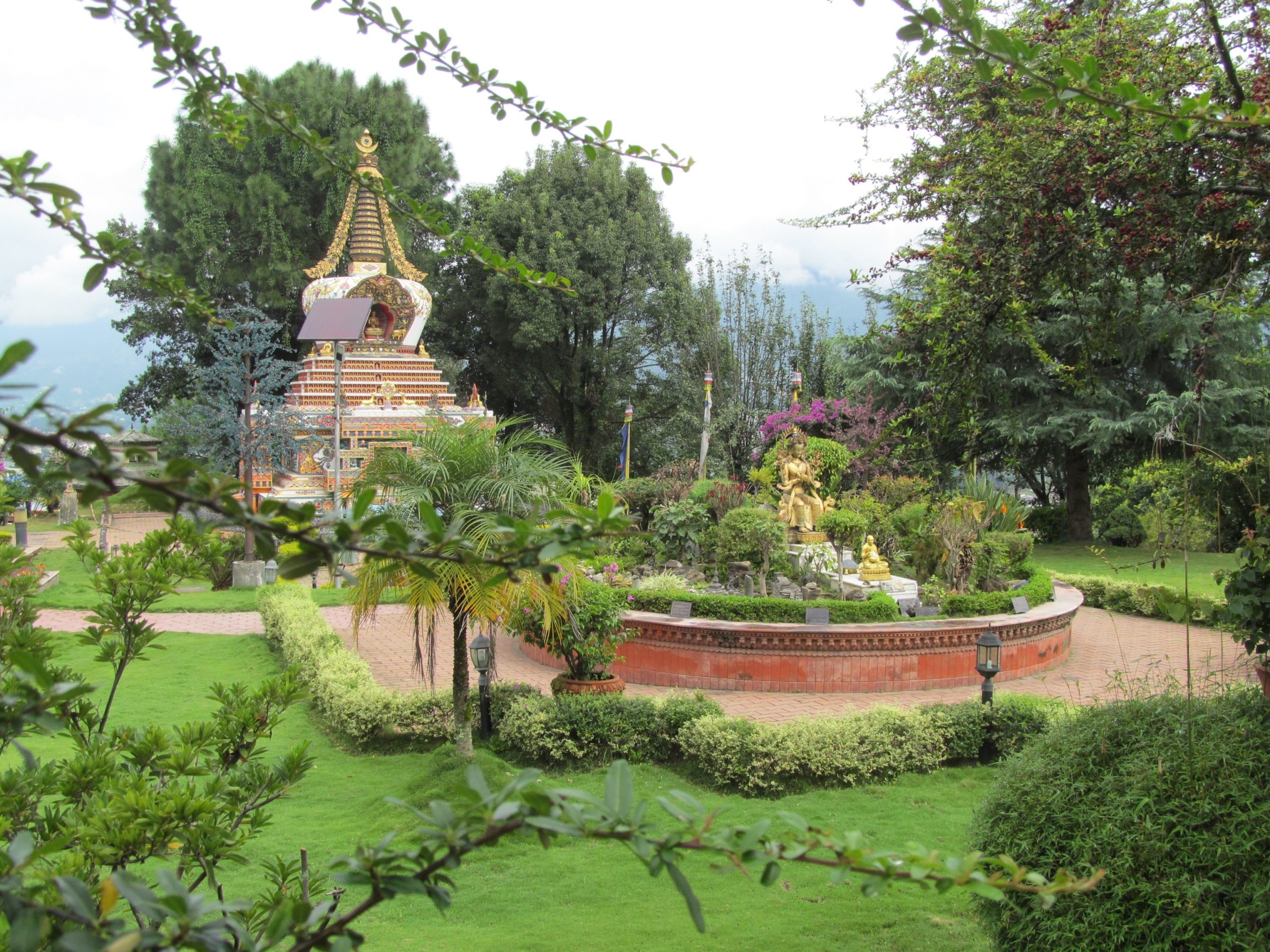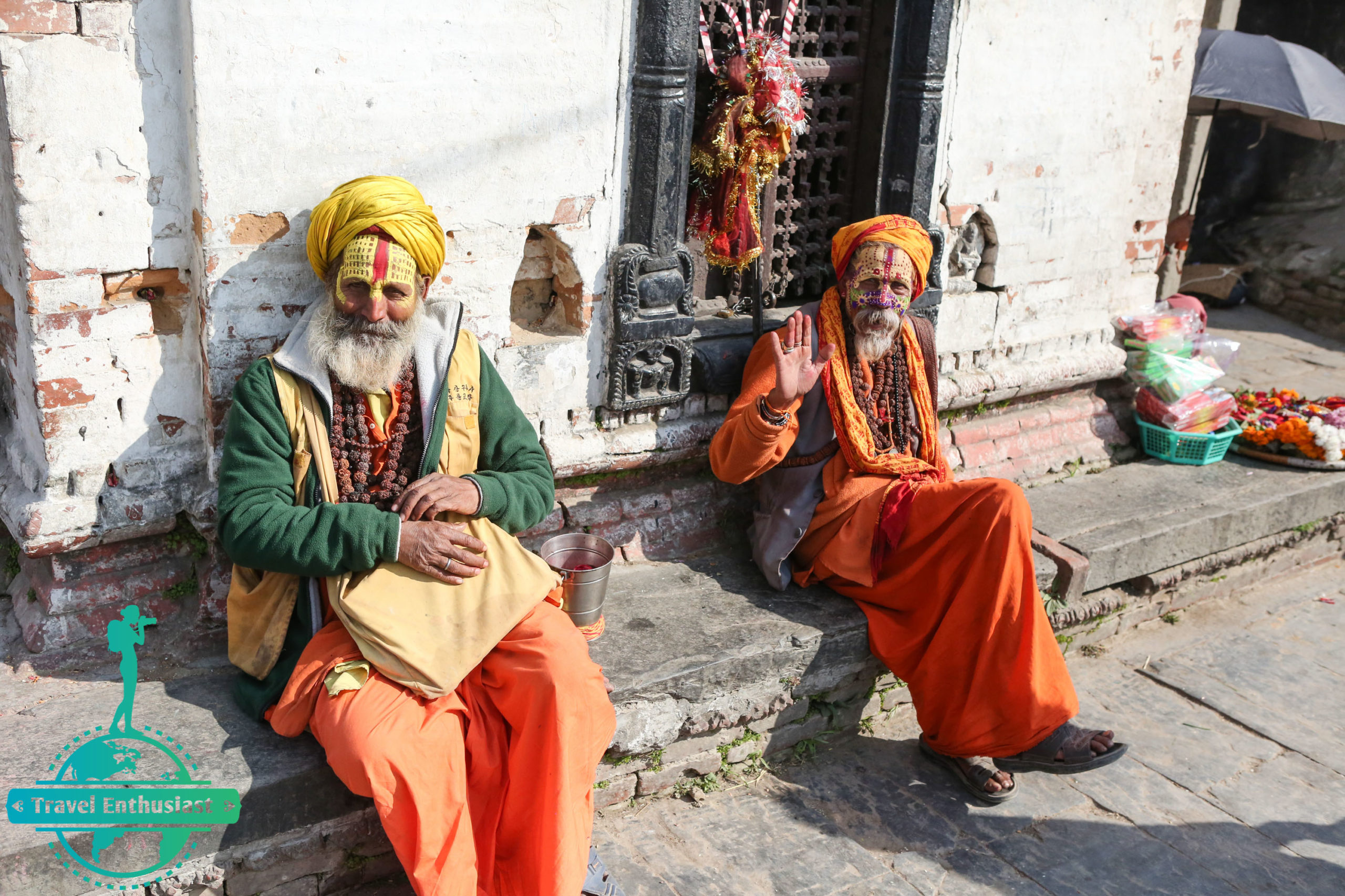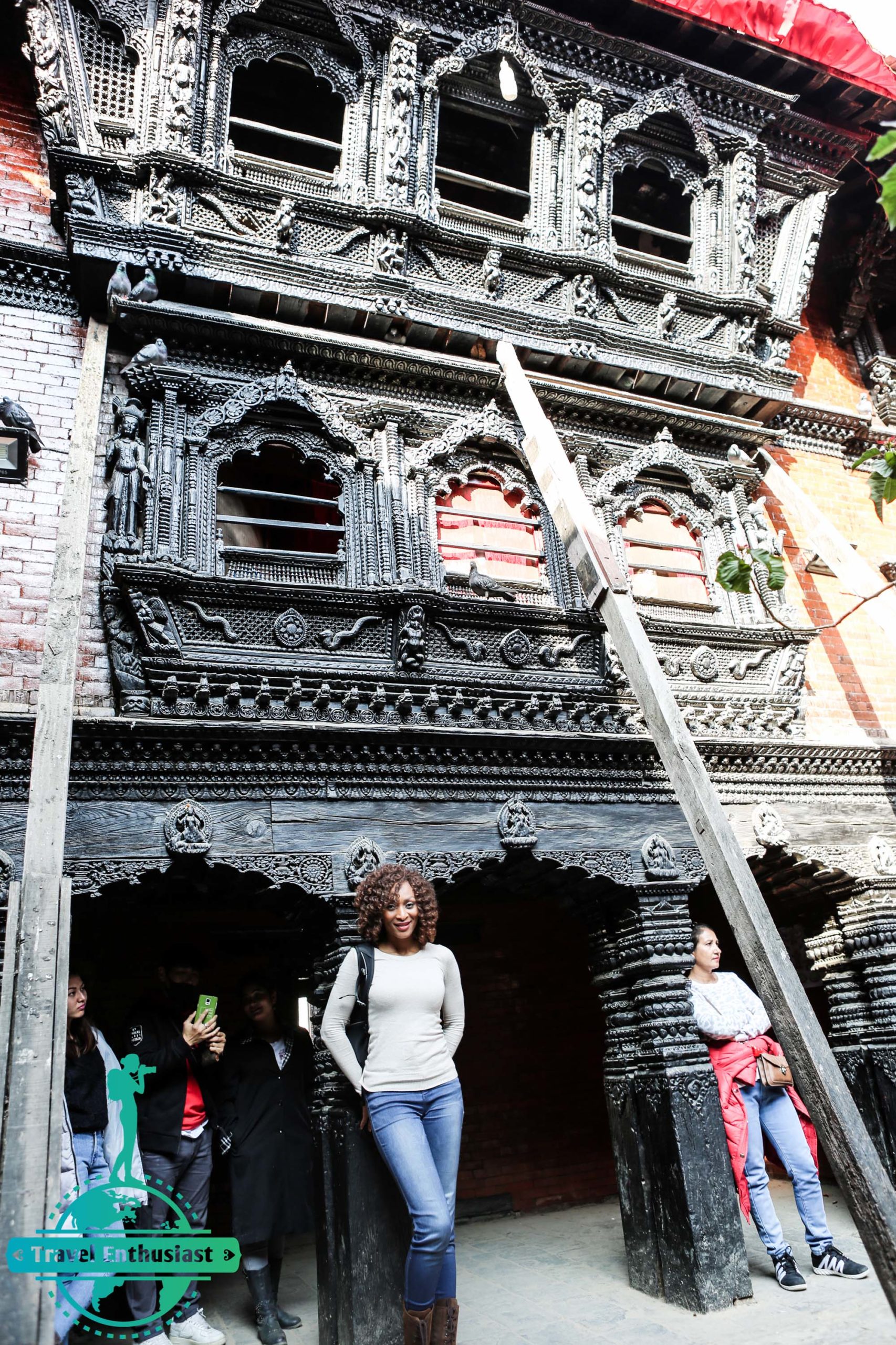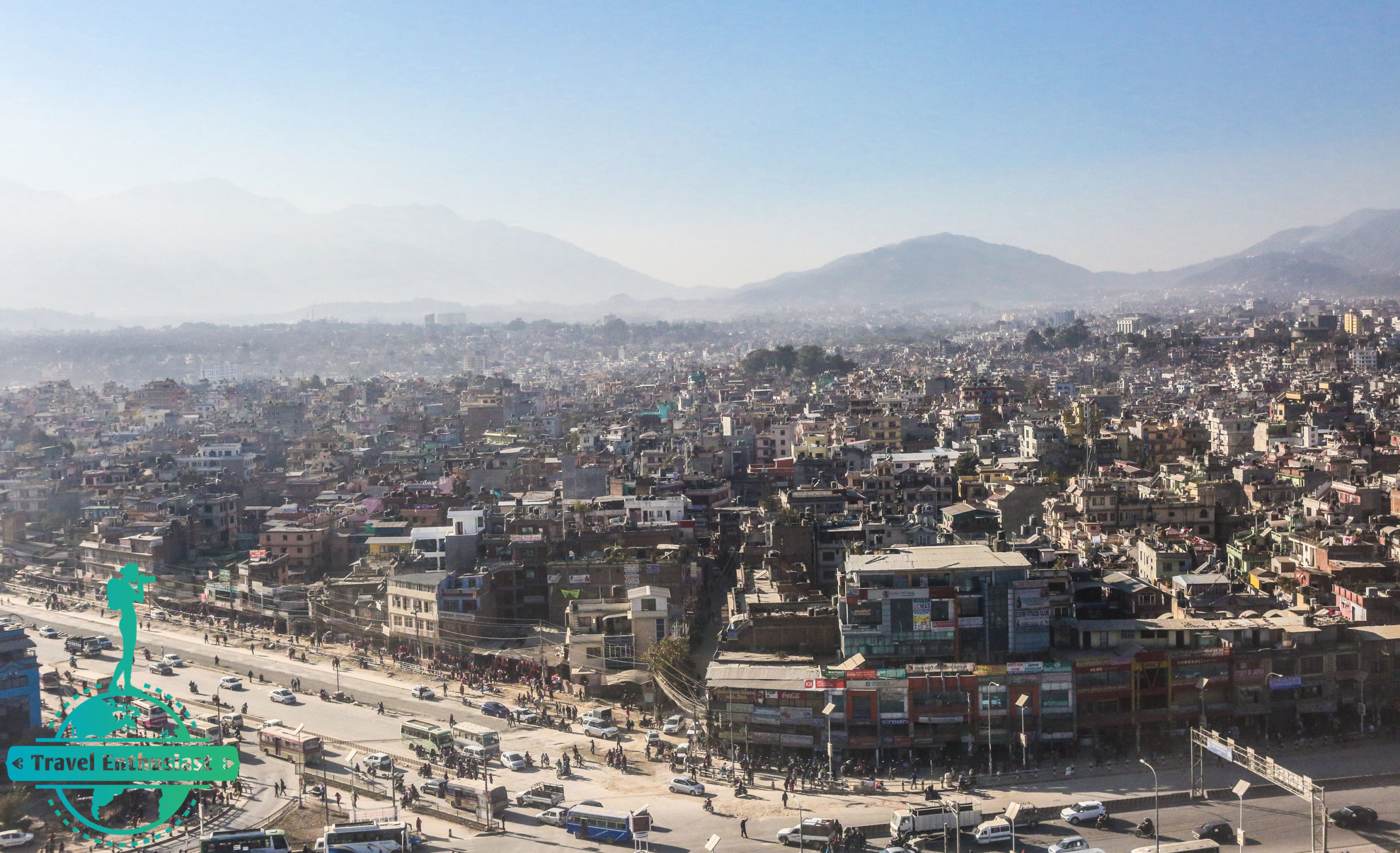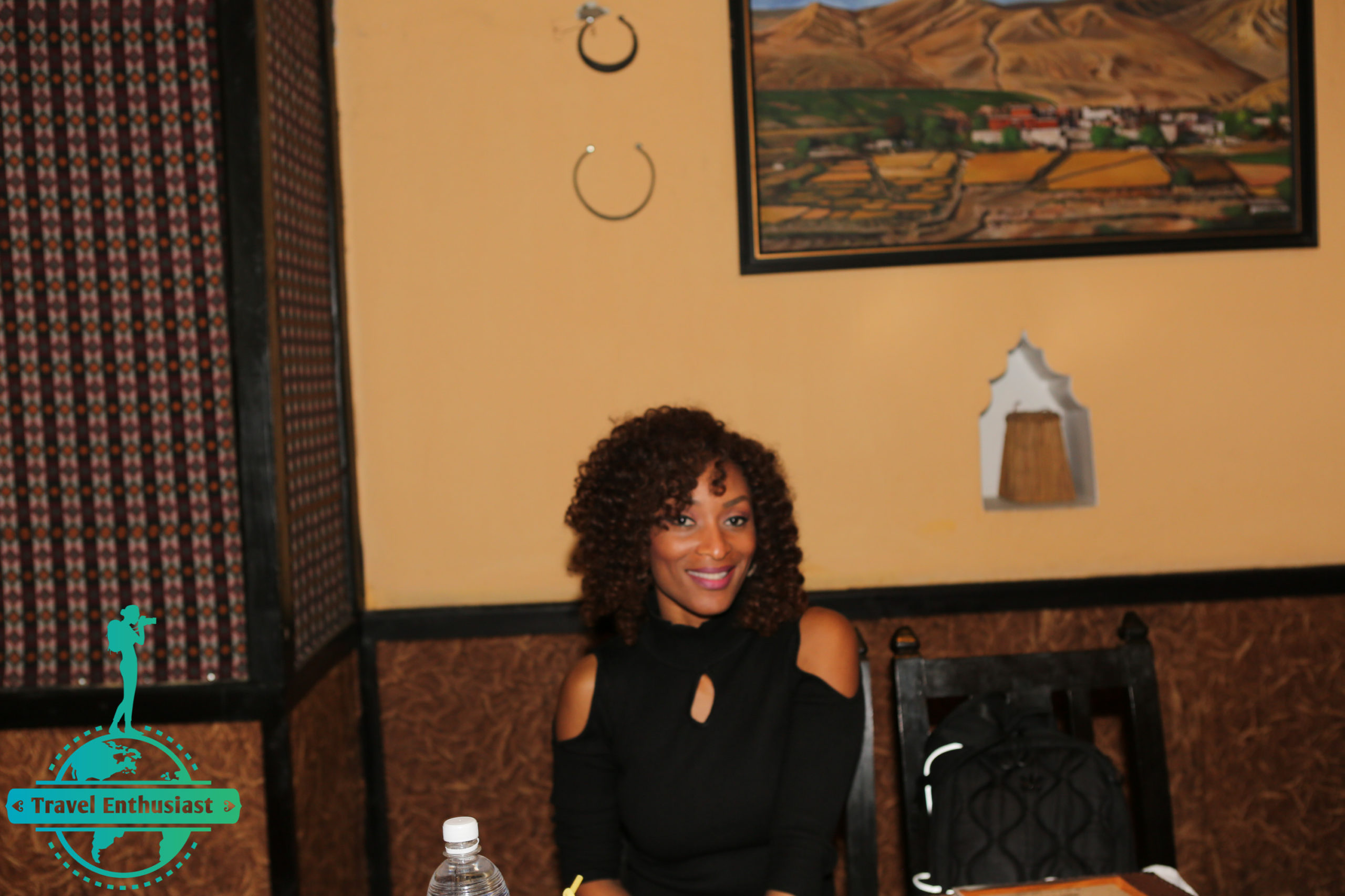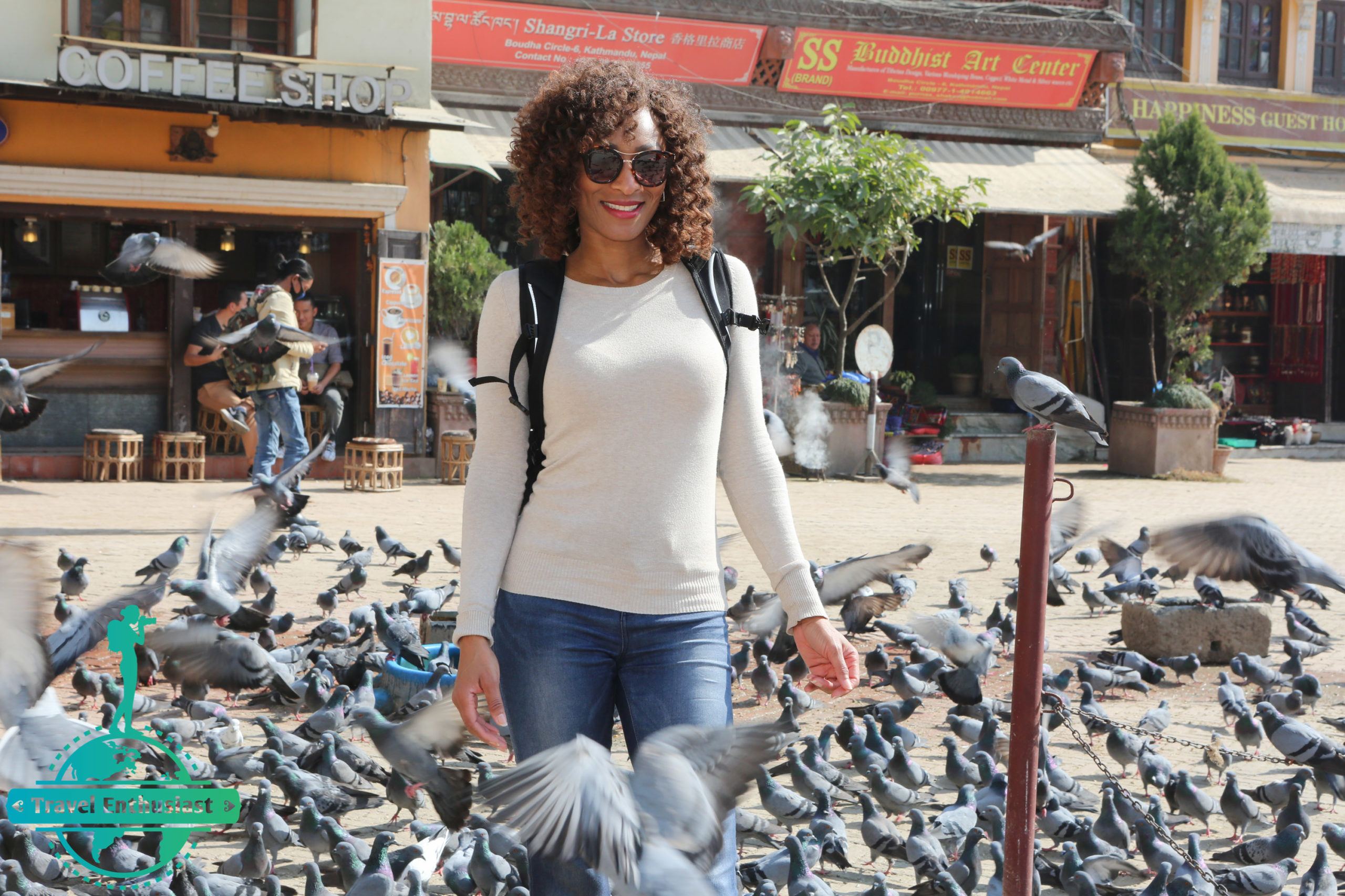1. A Tourist or Business Visa is needed for Nepal. Ensure to get one before departing your country of residence or you can obtain one on arrival at Tribhuvan International Airport (KTM). Check to make sure that your country or nationality is amongst the list of countries that qualifies for visa on arrival as some countries are exempt from and must attain their visas prior to arriving Kathmandu or Nepal. I tend to get my visas directly from the consulates rather than online agencies. If living in the United States of America, there are two Embassy's of Nepal: New York and Chicao. Visit https://us.nepalembassy.gov.np/tourist-visa/ for more information or to apply without accruing or paying any additional agency fees. Visa fees must be in the form of Money Order or Cashiers Cheque made payable to the Embassy of Nepal. The fees are as follows: 15 days Multiple Entry Visa - $ 30. 30 days Multiple Entry Visa - $ 50. 90 days Multiple Entry Visa - $ 125. Note that children below 10 years other than the U.S. Passport or Travel Document holder do not required Visa Fee.
2. Nepal is a trekkers paradise. If embarking on a hike in the Himalayan Mountains, ensure you have travel insurance. Accidents tend to happen on these very grueling hikes and not having insurance might be a very poor idea. Most back-packing travelers recommend 'World Nomads' for travel insurance and have been happy with them. If you get ill or injured, or experience any kind of theft, they pay for your medical bills and/or replace any stolen or broken items without giving you the run around or frustrating the life out of you, unlike most insurance companies in the United States of America.
3. Nepal is very close to India. If at all possible, try to sneak in New Delhi on your itinerary prior to or post Nepal. Also, when in Nepal, squeeze in Patan and Bhaktapur if time permits. I flew into Kathmandu, Nepal from New Delhi, India on Air India (1 hr 30 min flight). Take advantage of surrounding countries when necessary to really stretch your funds and captitalize on one long-haul ticket. You also get to check off more countries on your bucket lists.
4. Download maps.me to offer guide catalogs or directions in and around the city without WIFI or network connection. On September 28th, 2011, Thamel was declared a full Wi-Fi zone. It is the first Wi-Fi zone of Nepal. So you could access free Wi-Fi at most restaurants.
5. Get a SIM card for international calls or to stay connected with family and friends when abroad. This is an inexpensive way to avoid any roaming charges or data usage.
6. Always have a copy of your passport on you. It's imperative to have this on hand for any unforeseen circumstances.
7. Another mind boggling scene in Kathmandu, are its electrical poles and communication wires. There are very exposed and are everywhere. Surely, this can't be good. Be mindful as you navigate around the city.
8. Make sure you are aware of any trip altering events before you arrive, such as strikes, elections, massive renovations, etc. When I arrived Kathmandu December 6th, 2017, there were massive renovations and ongoing constructions at every turn and the next day (December 7th) was election day. Which meant, everyone and everything was on lock down. I ended up being on "hotel arrest" literally and lost an entire day of sightseeing. No cars, (public or private) were allowed on the roads; and minimal or no movement was encouraged.
9. Lastly, as always, be modest, be mindful, be sensible, be cautious and be kind when traveling, but most especially when exploring religious sites.
